Allergy Shot Comparison Tool
How This Tool Works
Answer a few questions about your allergy symptoms and treatment preferences. We'll compare SCIT and SLIT options based on the latest clinical data to help you identify which treatment might be better for you.
Personalized Recommendation
Subcutaneous Immunotherapy (SCIT)
Clinically proven for severe symptoms
Weekly during build-up, monthly maintenance
Long-term tolerance after completion
Sublingual Immunotherapy (SLIT)
Effective for moderate symptoms
Daily after initial dose
No injections required
Key Considerations for You
Every spring, millions of people find their eyes itching, watering, and turning red as pollen fills the air. For many, the culprit is Allergic conjunctivitis - an inflammation of the thin membrane covering the white of the eye and the inner eyelids caused by an allergic reaction to airborne triggers. While antihistamine eye drops can offer short‑term relief, they don’t address the underlying immune response. That’s where allergy shots - a form of allergen immunotherapy delivered through a series of injections come into play, promising longer‑lasting control.
How do allergy shots (allergen immunotherapy) work?
Allergen immunotherapy aims to re‑educate the immune system. By exposing the body to gradually increasing amounts of the specific allergen, it shifts the response from a rapid IgE antibody that triggers allergic reactions‑driven reaction to a more tolerant state mediated by blocking antibodies called IgG4 which compete with IgE and prevent the release of histamine. Over time, this reduces the release of Histamine the chemical that causes itching, swelling, and redness in allergic eyes, meaning fewer flare‑ups and less reliance on eye drops.
Types of allergy shots
There are two main delivery methods:
- Subcutaneous immunotherapy (SCIT) - the classic “shot” given under the skin, typically in the upper arm.
- Sublingual immunotherapy (SLIT) - allergen tablets or drops placed under the tongue, a needle‑free alternative.
Why consider allergy shots for allergic conjunctivitis?
Here are the key benefits that make immunotherapy a compelling option for eye‑specific allergies:
- Significant symptom reduction: Clinical trials show a 50‑70 % decrease in eye itching and tearing after 3‑5 years of regular SCIT.
- Fewer eye‑drop prescriptions: Patients often cut their topical antihistamine use by more than half, reducing cost and the risk of preservative‑related irritation.
- Long‑term tolerance: Unlike pills that work only while you take them, immunotherapy can provide lasting relief even after the treatment course ends.
- Disease‑modifying effect: Some studies indicate that early‑stage immunotherapy can slow the progression from seasonal allergic conjunctivitis to more chronic forms like allergic keratoconjunctivitis.
- Improved quality of life: With fewer symptoms, individuals report better sleep, higher productivity at work, and less avoidance of outdoor activities.
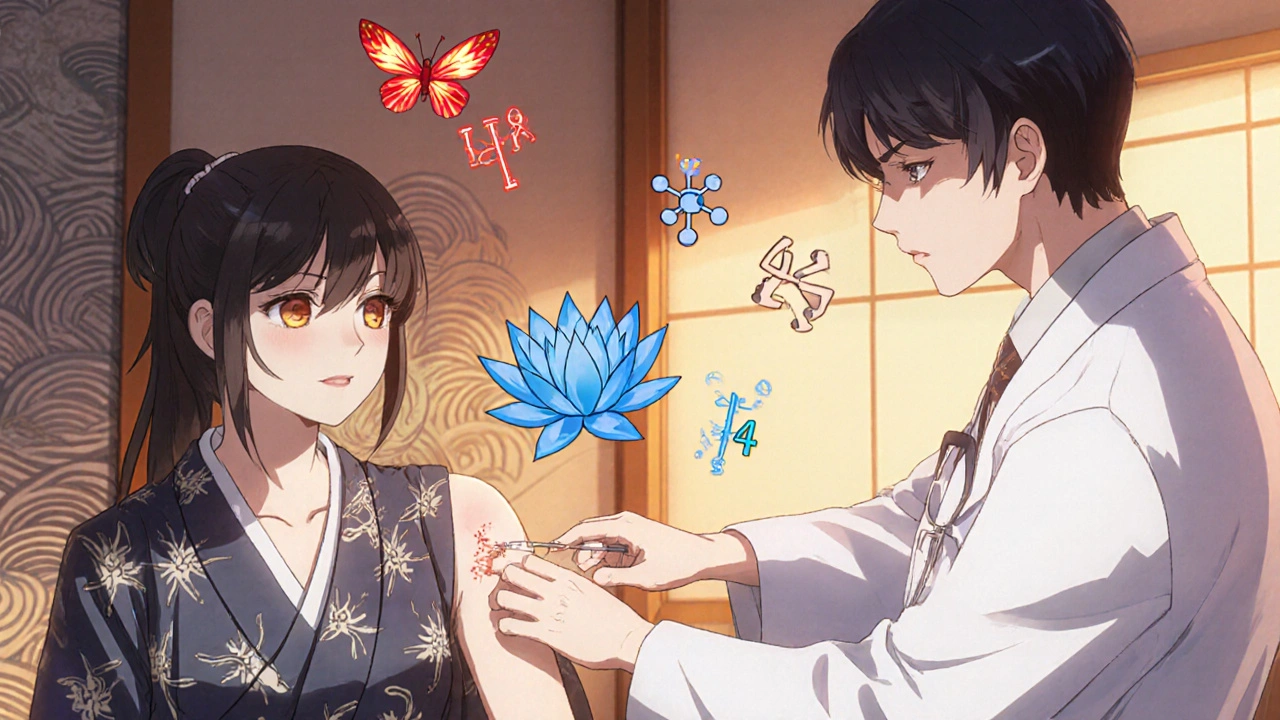
Who is a good candidate?
Allergy shots aren’t for everyone. Ideal candidates usually meet these criteria:
- Persistent eye symptoms that impair daily life despite regular use of ocular antihistamine drops eye drops containing agents like olopatadine or ketotifen.
- Positive results on a skin prick test - a diagnostic procedure where tiny amounts of allergens are introduced into the skin to observe reactions identifying the specific trigger (e.g., grass pollen, dust mites).
- Age ≥ 5 years (most specialists start treatment around age 6‑7 for better compliance).
- Willingness to commit to a treatment schedule lasting 3‑5 years.
The treatment journey
Starting immunotherapy involves several steps:
- Allergy evaluation: An ophthalmologist a medical doctor specializing in eye health or allergist a specialist in immune and allergic disorders conducts a detailed history and physical exam.
- Allergy testing: Either a skin prick test or specific IgE blood test pinpoints the offending pollen, molds, or animal dander.
- Selection of allergen extracts: Certified Allergen extracts standardized solutions containing the identified allergens are chosen for the injection.
- Build‑up phase: Weekly injections start at a very low dose and increase gradually over 12‑16 weeks.
- Maintenance phase: Once the target dose is reached, injections shift to a monthly schedule for 3‑5 years.
- Follow‑up: Regular visits monitor response, adjust dosing, and check for any adverse reactions.
SCIT vs. SLIT: A quick comparison
| Feature | SCIT (shots) | SLIT (tablet/drops) |
|---|---|---|
| Administration | Injection under the skin | Tablet or drops under the tongue |
| Typical schedule | Weekly build‑up, then monthly | Daily at home after initial dose |
| Efficacy for ocular symptoms | 45‑70 % reduction | 30‑55 % reduction |
| Safety profile | Rare systemic reactions, requires clinic observation | Mostly local oral itching, no clinic visits needed |
| Preferred for | Patients who want highest efficacy and can attend clinic | Needle‑averse individuals or those with limited clinic access |

Safety and side‑effects
Both SCIT and SLIT are considered safe when administered by trained professionals. The most common complaints are mild swelling at the injection site (SCIT) or fleeting tongue tingling (SLIT). Severe systemic reactions, such as anaphylaxis, occur in less than 0.1 % of patients and are managed by having a Epinephrine auto‑injector a device that delivers a single dose of epinephrine for emergency allergic reactions on hand during the observation period after each shot.
To minimise risks, doctors usually start with a dose that is 10‑20 % of the therapeutic level and watch the patient for 30 minutes after each injection.
Practical tips for success
- Keep a symptom diary to track eye redness, itching, and watering before and after each injection.
- Never skip a maintenance dose; a missed month can set back progress by several weeks.
- Stay hydrated and avoid alcohol 24 hours before an injection, as it can increase the chance of swelling.
- Inform your ophthalmologist if you develop new eye issues, such as dry eye or infection, during the course.
- Consider pairing immunotherapy with a gentle preservative‑free artificial tear to soothe the eyes during the build‑up phase.
Bottom line
For people whose eyes suffer from relentless itchiness and redness, allergy shots offer a disease‑modifying strategy that goes beyond the temporary fix of eye drops. By gradually desensitising the immune system, they cut symptoms, lower medication use, and improve overall quality of life. If you’ve tried antihistamine drops without lasting relief, talk to an allergist or ophthalmologist about whether a personalized immunotherapy program could be right for you.
How long does it take to see improvement in eye symptoms?
Most patients notice a noticeable drop in itching and tearing after 3‑4 months of the build‑up phase, with full benefits emerging after 1‑2 years of maintenance.
Can allergy shots cure allergic conjunctivitis?
They don’t “cure” the condition, but they can induce long‑term tolerance that keeps symptoms at a minimum, often allowing patients to stop eye drops altogether.
Is sublingual immunotherapy as effective as shots for eye allergies?
SLIT works well for many patients, especially those who avoid needles, but studies show SCIT typically produces a slightly higher reduction in ocular symptoms.
What are the main side effects to watch for?
Mild swelling at the injection site for SCIT, brief tongue irritation for SLIT, and very rarely, systemic allergic reactions that require immediate medical attention.
Do I need to continue treatment forever?
A typical course lasts 3‑5 years. Many patients maintain the benefits for years after stopping, though some clinicians recommend a booster dose if symptoms return.

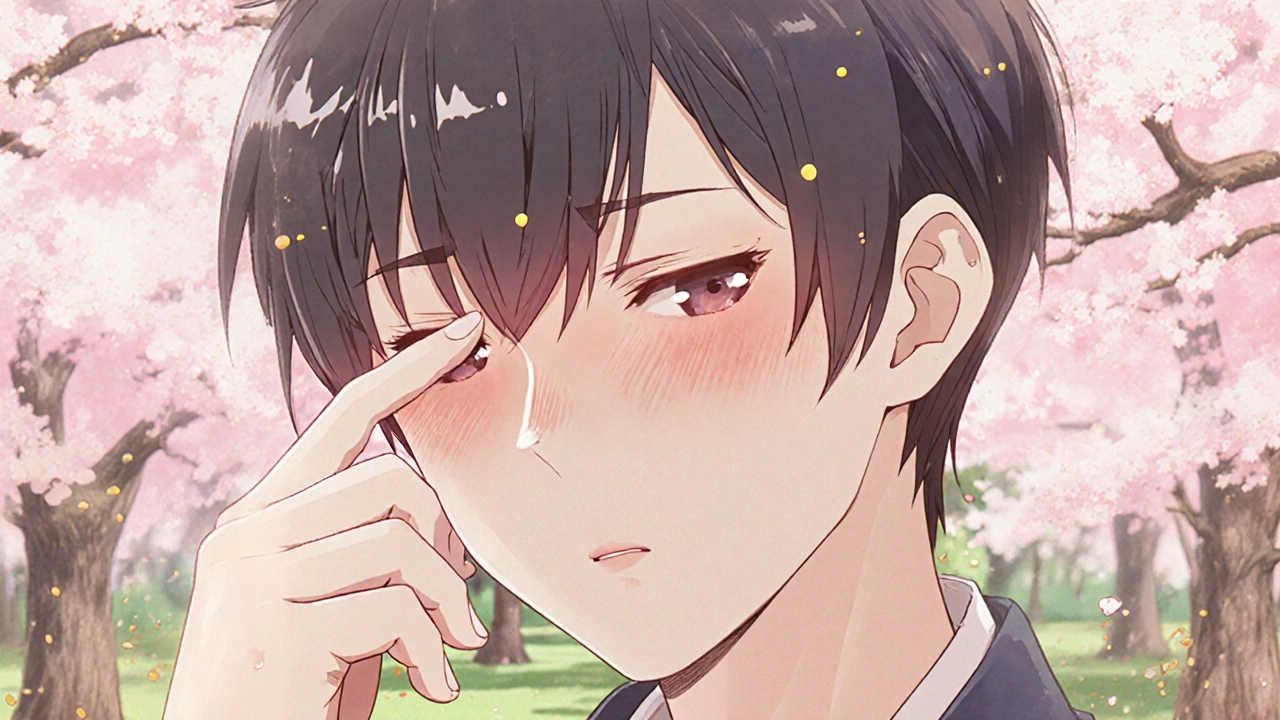



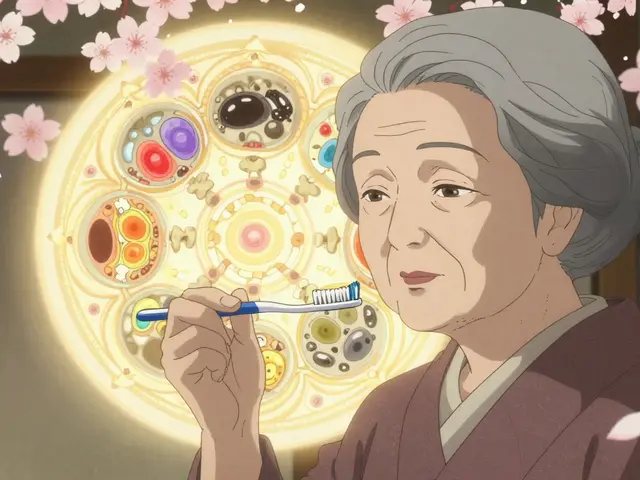


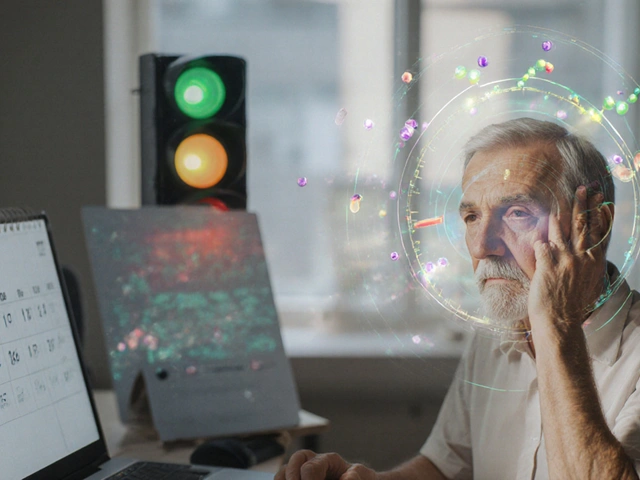
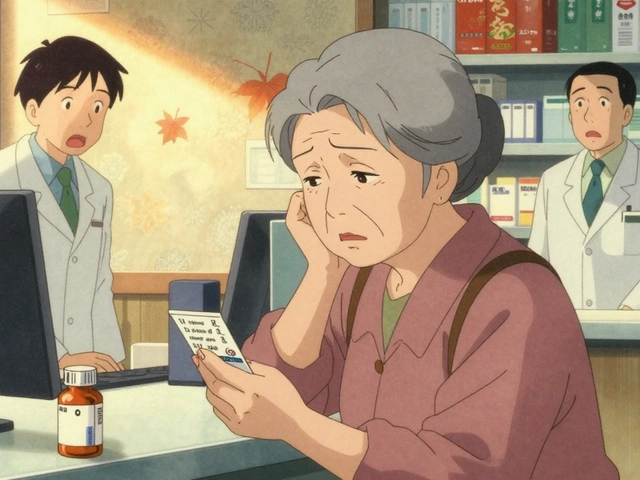

Eli Soler Caralt
21 Oct, 2025
Ah, the very notion of re‑educating our immune conductors-one might muse that we are not merely administering a shot, but rather orchestrating a symphonious re‑calibration of our internal alchemy 🎭. While the layfolk chatter about itchy eyes, the true discerning mind perceives the elegant transition from IgE tyranny to IgG4 diplomacy. Thus, each incremental dose is akin to a stanza in a poetic epistle to our own biology, a veritable dance of tolerance that transcends the pettie‑petty eye‑drops. 🍃
Eryn Wells
31 Oct, 2025
💡 Absolutely! It’s wonderful to see how this approach can bridge the gap between science and everyday life. By turning a medical protocol into something that feels like a community ritual, we’re encouraging folks to stick with it and actually see the benefits. 🌼
Kathrynne Krause
9 Nov, 2025
Right on! 🌟 For anyone battling those relentless pollen assaults, think of the shots as a backstage pass to a calmer, clearer season. Keep that diary, stay hydrated, and watch as the storm of red, watery eyes gradually eases. Your future self will thank you when you can finally enjoy a sunny hike without the constant wipe‑off! 🌞
Chirag Muthoo
18 Nov, 2025
Dear reader, I wish to convey my sincere encouragement for those contemplating immunotherapy. The protocol, when administered under professional supervision, demonstrates a commendable safety profile. I recommend adhering to the prescribed schedule and maintaining open communication with your specialist.
Angela Koulouris
28 Nov, 2025
Hey there! If you’re feeling stuck with endless eye drops, think of allergy shots as a long‑term coach that trains your immune system to chill out. Stick to the plan, track your progress, and soon you’ll notice the itching fading faster than you’d expect.
erica fenty
7 Dec, 2025
Interesting data point: immunotherapy leverages allergen‑specific IgG4 upregulation; this modulates mast‑cell degranulation pathways-crucial for symptom mitigation!!!
Xavier Lusky
17 Dec, 2025
Big Pharma just wants us glued to eye drops forever.